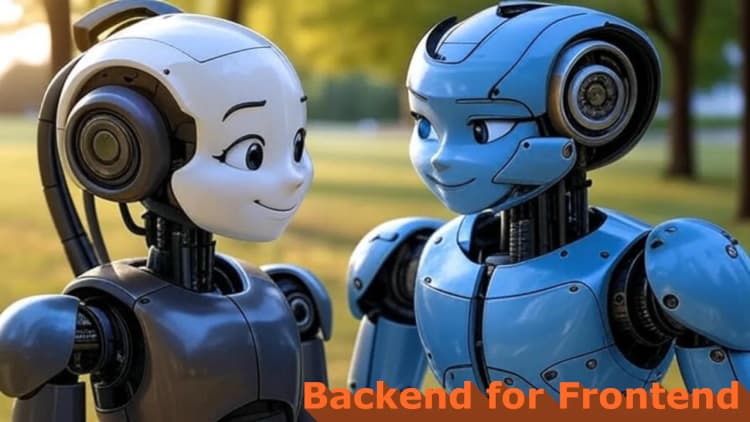In modern web development, choosing the right rendering strategy is critical for performance, SEO, and cost optimization. The three most common rendering techniques—Client-Side Rendering (CSR), Server-Side Rendering (SSR), and Static Site Generation (SSG)—each have their strengths and weaknesses. Understanding when to use each approach, why they matter, and how to optimize their costs can help you build faster, more efficient, and more scalable web applications.
What Are CSR, SSR, and SSG?
Before we dive into which rendering strategy is best for your project, let’s quickly define each term:
- CSR (Client-Side Rendering): In CSR, the browser is responsible for rendering the content. Initially, the server sends a minimal HTML page, but most of the content is loaded through JavaScript once the page has been rendered.
- SSR (Server-Side Rendering): With SSR, the server generates the full HTML for a page before sending it to the browser. This means that the browser receives a fully rendered page and can display content immediately.
- SSG (Static Site Generation): SSG involves generating HTML pages at build time. The pages are static, meaning they don’t require a server to render them on each request. Once built, the pages can be served directly from a CDN, making it incredibly fast.
When to Use CSR, SSR, and SSG?
1. When to Use CSR (Client-Side Rendering)
CSR is ideal when:
- User Interaction Is Frequent: If your application requires a lot of user interaction (e.g., form submissions, dynamic content updates), CSR is the way to go. For instance, dashboards, interactive maps, and chat apps are great candidates for CSR because the UI needs to be updated in real time.
- Single-Page Applications (SPA): CSR shines in SPA environments where the user doesn’t need to reload pages frequently. Here, only necessary data is fetched, and the page doesn’t need a full reload, offering a smoother, more interactive experience.
- SEO Isn’t a Priority: If SEO isn’t a major concern (e.g., internal tools or applications where search visibility isn’t essential), CSR is a perfect fit. The content is rendered dynamically in the browser, so there’s no need to worry about search engine bots crawling your site.
2. When to Use SSR (Server-Side Rendering)
SSR is perfect for:
- SEO-Driven Websites: If SEO is a key factor, such as for blogging platforms, e-commerce sites, or news outlets, SSR is the best choice. With SSR, search engines can easily index your pages because the content is fully rendered on the server before being sent to the browser.
- Quick Initial Load: SSR is beneficial for improving the time to first contentful paint (FCP). When users access a page, they see the fully rendered content immediately, which can help improve the perceived performance.
- Content That Changes Frequently: If your application includes content that changes based on each request, such as user profiles, real-time data, or dynamic forms, SSR allows for fresh content to be served directly to the user.
3. When to Use SSG (Static Site Generation)
SSG is the best choice when:
- Content Is Mostly Static: If your website primarily consists of static content, like blogs, documentation, or marketing pages, SSG will make the most sense. Once built, the content doesn’t change frequently, and it doesn’t require real-time updates.
- Fast Performance Is Crucial: Since SSG generates static HTML files at build time, the pages are served quickly and efficiently from a CDN. No server computation is needed for each request, resulting in ultra-fast loading times.
- Low Server Costs: Since there’s no need to generate HTML on demand, SSG reduces the need for backend infrastructure. Your content is pre-built, and you can serve it from a static file server or CDN, reducing both the server load and costs.
How to Optimize Cost with CSR, SSR, and SSG?
Optimizing Costs with CSR:
- Leverage Browser Caching: CSR reduces the server’s workload, but it can increase the browser’s workload. To optimize costs, ensure that assets (like JavaScript and images) are cached on the browser. This reduces the number of requests made to the server and helps reduce server costs.
- Optimize API Calls: Since CSR heavily relies on API calls to load data, make sure to minimize unnecessary API requests. Use caching and pagination to reduce server load and improve efficiency.
- Use CDN for Static Assets: Host static assets like images, styles, and scripts on a CDN to offload the traffic from your server and reduce hosting costs.
Optimizing Costs with SSR:
- Leverage Server Caching: SSR requires more server resources because it generates HTML for each request. To reduce costs, you can cache the generated HTML at the server level (for example, using server-side caching mechanisms like Redis). This way, repeated requests for the same content won’t require re-rendering.
- Dynamic Rendering: If SEO is a priority but you’re also serving a lot of dynamic content, consider using hybrid rendering (SSR for public pages and CSR for user-specific content). This allows you to reduce the load on your server while still providing SEO-friendly pages.
Optimizing Costs with SSG:
- Deploy to a CDN: One of the main cost-saving benefits of SSG is that you can host your entire site on a CDN. This eliminates the need for expensive backend servers, as static pages are served directly to the user from the closest edge location.
- Build-Time Optimization: SSG can be resource-intensive during build time. Optimize your build pipeline by using incremental builds or deploying only the pages that have changed. This reduces unnecessary processing time and server resource usage. (Look for Incremental Static Regeneration [ISR] in Next.js)
- Low Hosting Costs: Since SSG generates static files, hosting them is incredibly cost-effective. You can deploy your static site to low-cost hosting platforms, or even free services like GitHub Pages, Netlify, or Vercel.
Conclusion: When to Choose Which Rendering Strategy?
- Choose CSR if you’re building a highly interactive, user-focused application where SEO isn’t a priority.
- Choose SSR if SEO is a priority and your application contains dynamic content that changes frequently.
- Choose SSG if your website has mostly static content, and performance and low server costs are important.
By understanding the strengths of CSR, SSR, and SSG, you can choose the best rendering strategy for your needs and optimize your server costs. Balancing performance, SEO, and server resources is the key to building scalable and cost-effective web applications.
Album of the day:




